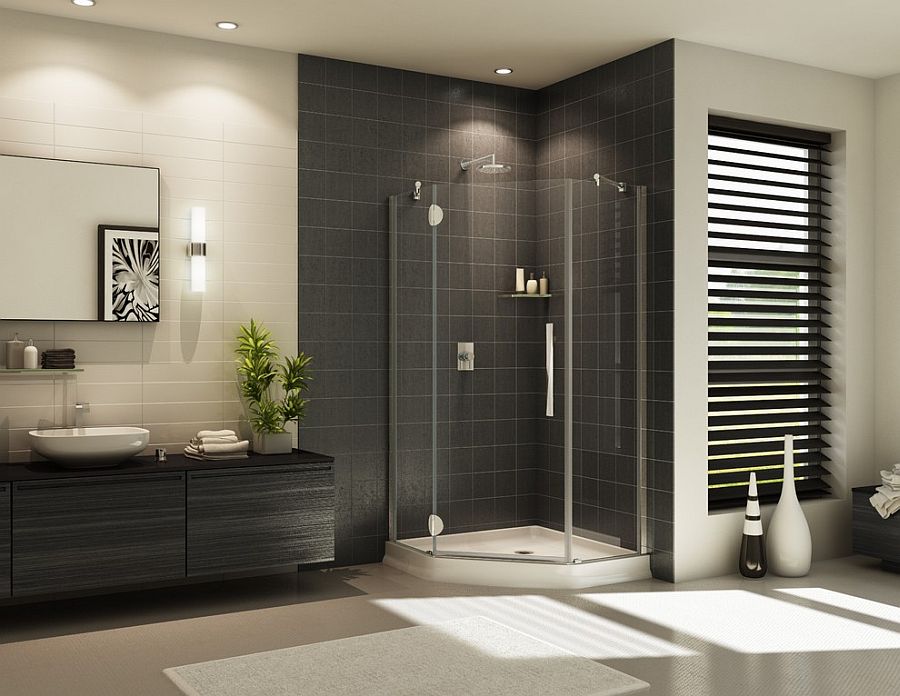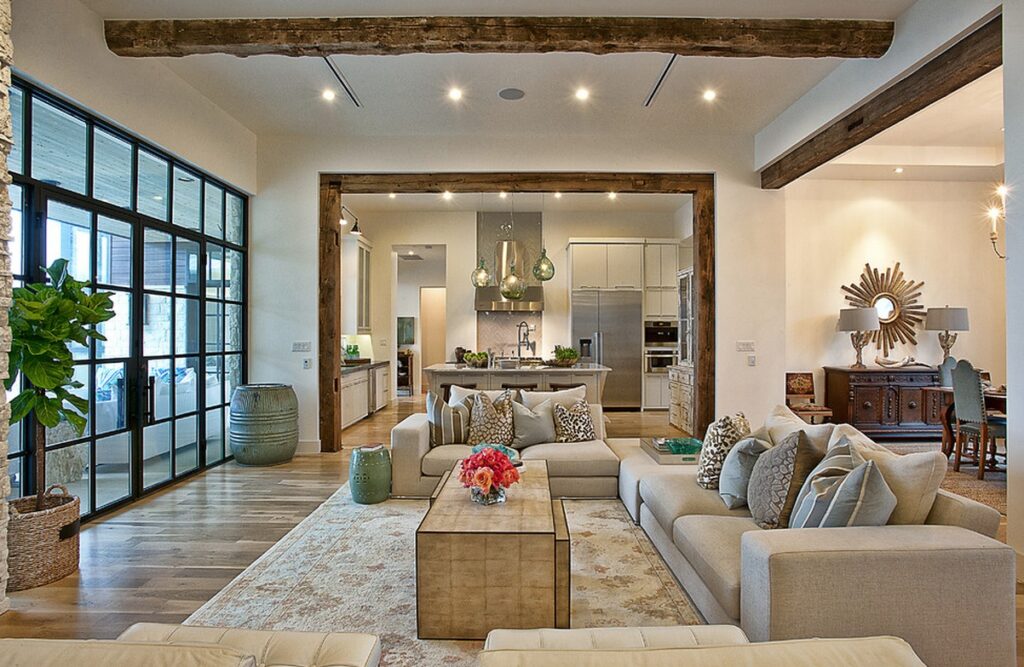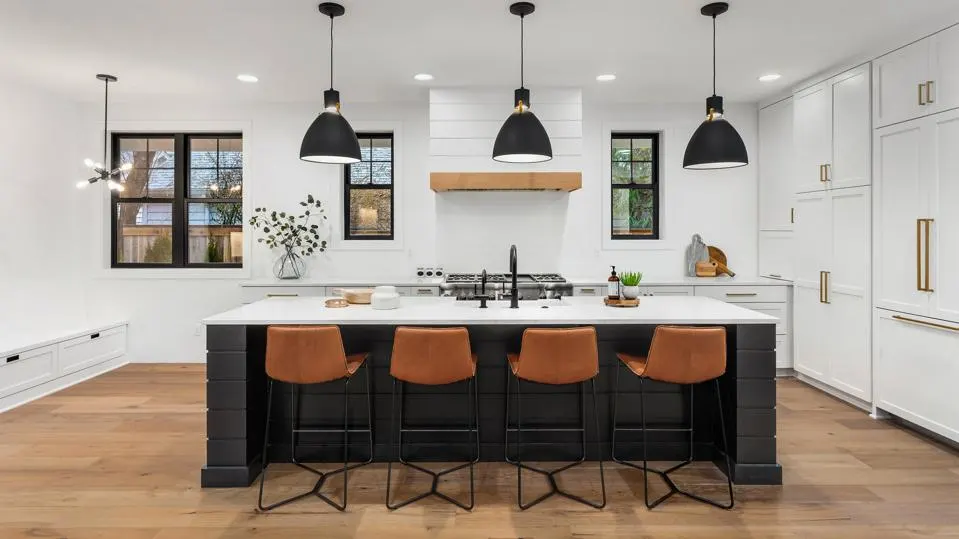So, you’ve decided to take the plunge and remodel your bathroom. Congratulations! A bathroom remodel is one of the best ways to increase your home’s value and enhance your daily living experience. Whether you’re looking to create a spa-like retreat or simply update the look of your space, a well-planned remodel can make all the difference. In this guide, we’ll walk you through every step of the process to help you achieve your dream bathroom.
Setting Your Goals
Before you dive into the nitty-gritty details, it’s essential to set clear goals for your bathroom remodel.
Identifying Your Needs
Start by asking yourself what you want to achieve with this remodel. Are you looking for more storage? A bigger shower? Better lighting? Make a list of your must-haves and nice-to-haves to help guide your decisions.
Establishing Your Budget
Next, you’ll need to determine how much you’re willing to spend. Be realistic about your budget and remember to include a buffer for unexpected expenses. This will help you prioritize your spending and avoid any unpleasant surprises down the line.
Determining the Scope of the Project
Are you planning a full gut job or just a cosmetic update? Knowing the scope of your project will help you set a realistic budget and timeline.
Design Inspiration
Finding your design inspiration is a fun part of the process.
Finding Your Style
Start by exploring different styles and trends. Do you prefer a modern, minimalist look, or are you drawn to traditional designs? Gather inspiration from magazines, websites, and social media platforms like Pinterest and Instagram.
Utilizing Online Resources
There are countless online resources available to help you find design ideas. Websites like Houzz and Architectural Digest offer a wealth of inspiration and practical advice.
Consulting with a Designer
If you’re feeling overwhelmed, consider consulting with a professional designer. They can help you refine your ideas and create a cohesive plan that fits your style and budget.
Planning the Layout
A well-thought-out layout is crucial for a functional bathroom.
Assessing Your Current Bathroom Layout
Take a good look at your existing bathroom layout. What works well, and what doesn’t? Identify any pain points, such as awkwardly placed fixtures or lack of storage.
Creating a New Layout
Using your list of needs and your design inspiration, start sketching out a new layout. Consider the placement of fixtures, storage solutions, and traffic flow.
Considering Plumbing and Electrical Needs
Keep in mind that changes to the layout may require adjustments to your plumbing and electrical systems. Consult with professionals to ensure your plans are feasible.
Choosing Materials and Fixtures
The materials and fixtures you choose will set the tone for your new bathroom.
Selecting the Right Materials
Choose materials that are not only stylish but also durable and easy to maintain. Popular options include porcelain tiles, quartz countertops, and water-resistant wood.
Choosing Fixtures and Fittings
From faucets to light fixtures, the right fittings can make a significant impact on your bathroom’s look and functionality. Opt for high-quality pieces that match your overall design.
Sustainability Considerations
Consider eco-friendly options, such as low-flow toilets and faucets, to reduce your environmental impact and save on utility bills.
Budgeting and Financing
Proper budgeting is essential for a successful remodel.
Detailed Budget Breakdown
Break down your budget into categories, such as materials, labor, and permits. This will help you keep track of your spending and ensure you stay within your budget.
Financing Options
If your budget is tight, explore financing options like home equity loans or lines of credit. Make sure to choose a solution that fits your financial situation.
Contingency Planning
Set aside a portion of your budget for unexpected expenses. A good rule of thumb is to allocate 10-15% of your total budget for contingencies.
Hiring Professionals
Hiring the right professionals is crucial for a successful remodel.
Finding a Reputable Contractor
Do your research to find a contractor with a solid reputation. Ask for recommendations, read reviews, and check credentials.
Checking Credentials and References
Verify that your contractor is licensed and insured. Ask for references and follow up with past clients to ensure they were satisfied with the work.
Understanding Contracts and Agreements
Make sure you understand the terms of your contract, including payment schedules, project timelines, and warranties.
DIY vs. Professional Work
Deciding which tasks to tackle yourself and which to leave to the pros is essential.
Evaluating Your Skills
Be honest about your DIY skills. While painting and tiling might be manageable, tasks like plumbing and electrical work are best left to professionals.
Tasks Suitable for DIY
Simple tasks, such as painting, installing hardware, and assembling furniture, are typically suitable for DIY.
Knowing When to Hire a Pro
For complex tasks, such as plumbing and electrical work, it’s best to hire a licensed professional to ensure the job is done correctly and safely.
Permits and Regulations
Understanding local building codes and obtaining necessary permits is crucial.
Understanding Local Building Codes
Research local building codes to ensure your project complies with regulations. This will help you avoid fines and delays.
Obtaining Necessary Permits
Depending on the scope of your remodel, you may need permits for plumbing, electrical work, and structural changes. Check with your local building department to determine what permits are required.
Scheduling Inspections
Plan for inspections at various stages of the project to ensure everything is up to code.
Creating a Timeline
A well-structured timeline will help keep your project on track.
Developing a Realistic Schedule
Work with your contractor to develop a realistic timeline. Be sure to account for lead times on materials and fixtures.
Setting Milestones
Set milestones to track your progress and stay on schedule. This will help you identify any potential delays early on.
Managing Delays
Be prepared for potential delays and have a plan in place to manage them. Flexibility and communication are key to staying on track.
Demolition and Preparation
Preparing your space is a crucial step in the remodeling process.
Safely Removing Old Fixtures
Take care to safely remove old fixtures and materials. This will help prevent damage to your home and reduce the risk of injury.
Prepping the Space
Once the old fixtures are removed, prepare the space for new installations. This may include repairing walls, floors, and plumbing.
Handling Waste Disposal
Arrange for proper disposal of waste materials. Check with your local waste management services for guidelines on disposing of construction debris.
Plumbing and Electrical Work
Proper plumbing and electrical work are essential for a functional bathroom.
Hiring Licensed Professionals
Hire licensed plumbers and electricians to handle this critical work. They will ensure everything is installed correctly and safely.
Planning for Plumbing Upgrades
If you’re upgrading your plumbing, plan for any necessary changes to the layout and fixtures. This may include installing new pipes, fixtures, and fittings.
Electrical Enhancements
Consider adding new lighting, outlets, and ventilation to improve your bathroom’s functionality and safety.
Installation of New Fixtures
Installing new fixtures is an exciting step in the remodeling process.
Installing Bathtubs and Showers
Follow the manufacturer’s instructions to install new bathtubs and showers. Make sure everything is properly sealed to prevent leaks.
Setting Up Vanities and Sinks
Install vanities and sinks according to your new layout. Ensure all plumbing connections are secure and functional.
Fitting Toilets and Bidets
Install toilets and bidets carefully to ensure proper operation and water efficiency.
Finishing Touches
The finishing touches bring your bathroom remodel together.
Tiling and Flooring
Install tiles and flooring to complete the look of your bathroom. Choose materials that are both stylish and durable.
Painting and Wall Treatments
Apply paint and wall treatments to add color and personality to your space. Consider using moisture-resistant paint to prevent mold and mildew.
Adding Storage Solutions
Incorporate storage solutions, such as shelves, cabinets, and organizers, to keep your bathroom clutter-free.
Final Inspection and Touch-Ups
Conducting a final inspection ensures everything is in order.
Conducting a Thorough Inspection
Inspect all aspects of your remodel to ensure everything is installed correctly and functions properly.
Addressing Any Issues
Address any issues that arise during the inspection promptly. This may include fixing leaks, adjusting fixtures, or touching up paint.
Cleaning Up and Finalizing
Once all issues are resolved, clean up the space and add any final touches, such as accessories and decor.
Conclusion
Planning a bathroom remodel can be a daunting task, but with careful planning and attention to detail, you can create the bathroom of your dreams. By following this step-by-step guide, you’ll be well on your way to a successful remodel that meets your needs and reflects your personal style. Happy remodeling!
FAQs
How Long Does a Bathroom Remodel Take?
A bathroom remodel typically takes 4-8 weeks, depending on the scope of the project and any unforeseen delays.
How Much Should I Budget for a Bathroom Remodel?
Budgeting varies based on the size and complexity of the remodel. On average, a bathroom remodel can cost between $10,000 and $25,000.
Can I Remodel My Bathroom Myself?
Some tasks, such as painting and installing hardware, can be done yourself. However, for plumbing and electrical work, it’s best to hire professionals.
What Are the Latest Trends in Bathroom Design?
Current trends include minimalist designs, smart technology, and eco-friendly materials.
How Do I Maintain My New Bathroom?
Regular cleaning and maintenance, such as sealing tiles and checking for leaks, will help keep your new bathroom in top condition.




